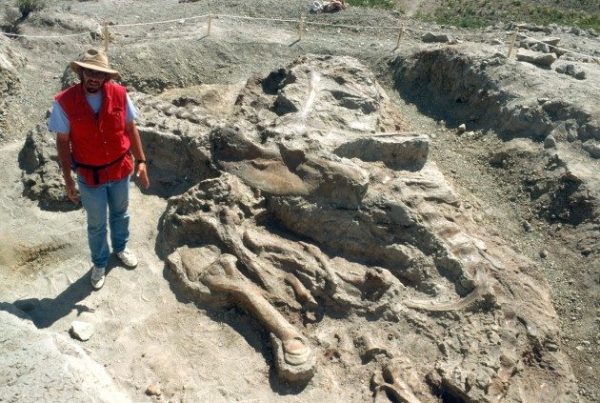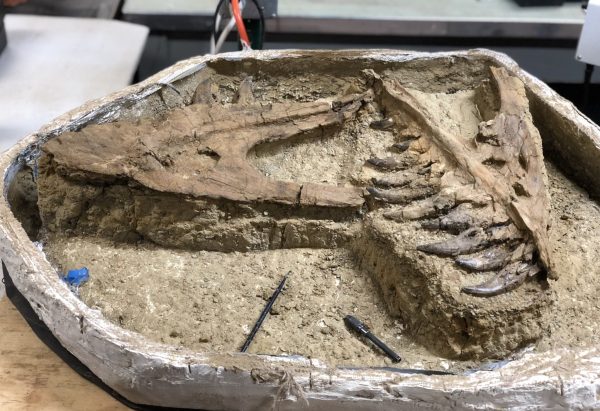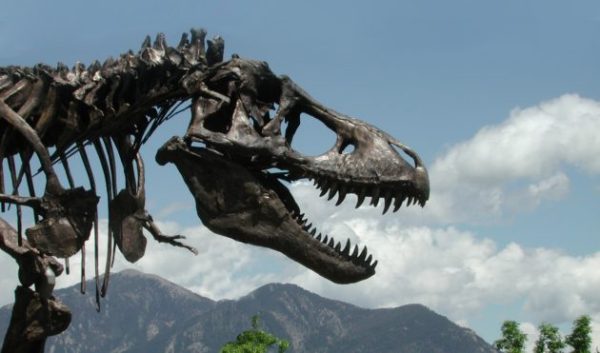The National Museum of Natural History has announced a groundbreaking development this summer—a 50-year loan agreement with the U.S. Army Corps of Engineers to transfer a remarkable Tyrannosaurus rex skeleton to the Smithsonian for display in the museum’s upcoming dinosaur hall, set to open in 2019.

The skeleton, known as the “Wankel T. rex,” is one of the most complete T. rex specimens ever found, boasting an impressive 80–85 percent recovery, including the skull.
Discovered in 1988 by rancher Kathy Wankel near the Fort Peck Reservoir in eastern Montana, the Wankel T. rex has been a centerpiece at the Museum of the Rockies in Bozeman since 1990, on loan from the U.S. Army Corps of Engineers. Paleontologist Jack Horner led the excavation of this rare fossil in 1989–90, providing invaluable insights into the world of the T. rex.
Weighing an estimated six to seven tons and measuring 40 feet in length, the T. rex was one of the largest carnivorous animals to roam the land, coexisting with other dinosaurs like the horned Triceratops and the duck-billed Edmontosaurus in western North America around 68–66 million years ago.

The Wankel T. rex, with its completeness and exceptional preservation, is set to become a centerpiece in the Smithsonian’s new dinosaur exhibition, offering a unique opportunity for scientific research and public admiration.
The significance of this transfer extends beyond scientific curiosity—it symbolizes the collaborative efforts of various entities. The U.S. Army Corps of Engineers, the Museum of the Rockies, the state of Montana, and the Wankel family have all played crucial roles in making this loan and future display possible.
Brig. Gen. Anthony Funkhouser of the U.S. Army Corps of Engineers expressed excitement about this partnership, emphasizing the Corps’ role in stewarding natural resources.

The Wankel T. rex’s journey to Washington D.C. aligns with the Smithsonian’s ambitious plans to create a new prehistoric life hall, constituting the most extensive renovation in the museum’s history.
This hall, scheduled to open in 2019, will showcase specimens from the museum’s unparalleled collection of 46 million fossils and present cutting-edge scientific research in paleobiology. Philanthropist David H. Koch’s historic $35 million donation makes this ambitious project possible.
In the words of Kirk Johnson, the Sant Director of the National Museum of Natural History, the arrival of the Wankel T. rex signifies a thrilling addition to the Smithsonian, providing visitors with the chance to marvel at one of the world’s finest dinosaur specimens.

This exceptional fossil, with its rich history and scientific importance, serves as a bridge between the ancient past and our present-day understanding of Earth’s fascinating history.





